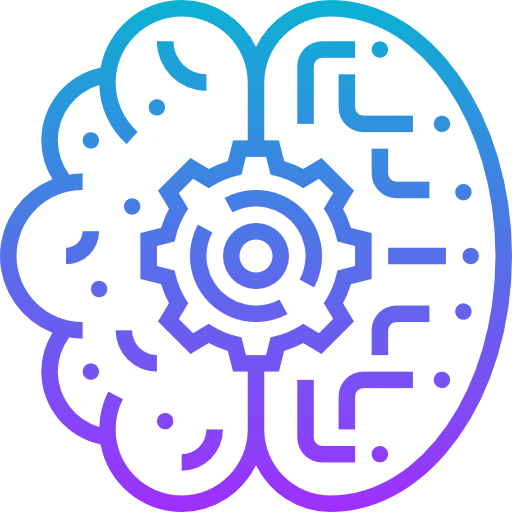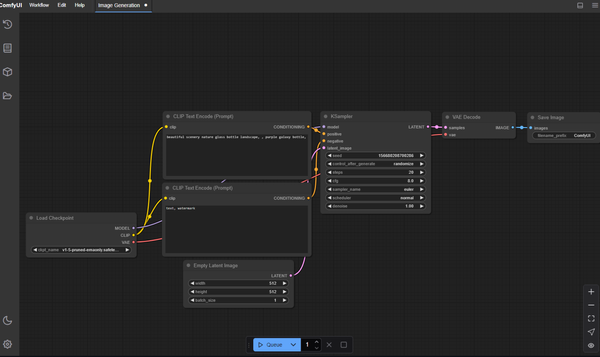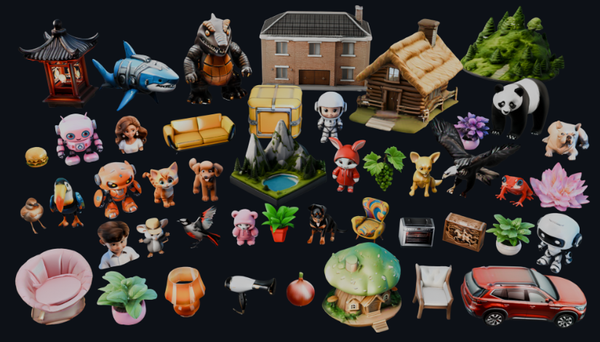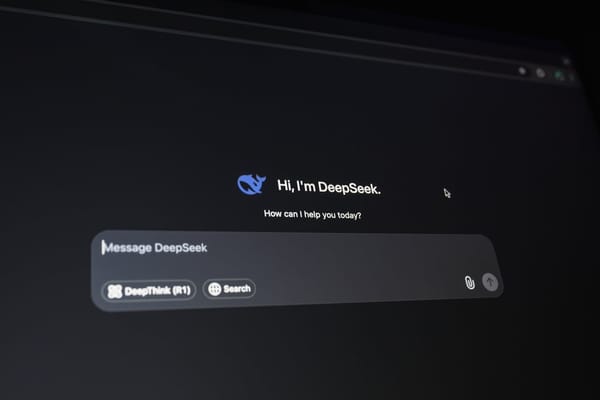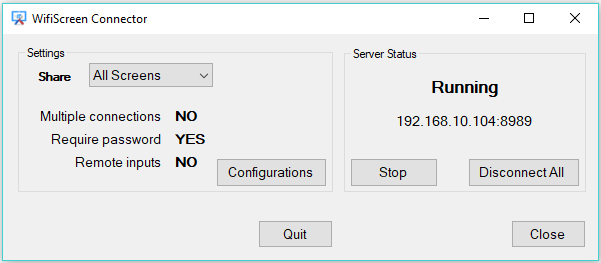The New AI Era: Be a Good AI User or Be Replaced!
Are You Truly Ready to Put Your Mobile or Web App to the Test?
Don`t just assume your app works—ensure it`s flawless, secure, and user-friendly with expert testing. 🚀
Why Third-Party Testing is Essential for Your Application and Website?We are ready to test, evaluate and report your app, ERP system, or customer/ patients workflow
With a detailed report about all findings
Contact us nowTable of Content
AI is changing the game everywhere you look. It’s boosting productivity, reshaping industries, and becoming a key part of our daily lives. But here’s the kicker—it’s only as good as the person using it. Just the other day, I reviewed a friend’s AI-generated plan for his medical education courses. He’s a doctor with a medical tourism and education consultancy, but his plan? It fell flat. Basic, uninspired, and not at all what AI could’ve delivered with a bit more effort.
This experience got me thinking—are you using AI to its full potential in your specialty? Whether you’re a doctor, designer, developer, teacher, or dietitian, learning to leverage AI effectively is no longer optional.
During a recent AI Club public event, I addressed a burning question: When will AI replace designers and developers? My response was simple: Now, AI isn’t coming for your job, but you can be replaced by someone who knows how to use AI better than you.
If that thought makes you uneasy, good. Let’s dive into why you need to become an exceptional AI user in your field and how to get started.
Why You Should Be an AI User in Your Field!
AI isn’t just a tool; it’s a multiplier. By mastering AI, you can amplify your skills, streamline your workflow, and stay ahead of the curve. Here’s how AI can transform different professions:
- Doctors and Educators: Generate personalized lesson plans, analyze research faster, and even draft consultation notes.
- Designers: Create mockups, get creative prompts, and test variations with tools like MidJourney or DALL·E.
- Developers: Debug code, generate templates, and experiment with AI-powered frameworks.
- Dietitians: Develop meal plans, calculate nutritional values, and create engaging client resources.
But here’s the catch: AI is only as good as the person using it. If your prompts are vague or your approach is lazy, your results will be underwhelming. The key lies in mastering AI usage, starting with crafting effective prompts.

How to Write Effective Prompts
A good AI prompt is clear, specific, and goal-oriented. Here’s a step-by-step guide to writing prompts that deliver:
- Start with the goal: What exactly do you want the AI to achieve? Be precise.
- Provide context: Share relevant details. For example, if you’re a teacher creating lesson plans, mention the subject, grade level, and desired learning outcomes.
- Specify the format: Whether you want a list, paragraph, or step-by-step guide, let the AI know.
- Iterate: Test your prompt, tweak it based on the response, and repeat until you get satisfactory results.
How to Test and Fine-Tune Results
AI isn’t perfect out of the box. Here’s how you can test and refine its outputs:
- Run multiple iterations: Don’t settle for the first response. Tweak your prompts and compare results.
- Ask for improvements: Use follow-up prompts like, “Can you make this more concise?” or “Add more examples.”
- Cross-check with other tools: Test the same prompt on different LLMs (large language models) to see which one provides the best output.
For added precision, try A/B testing your prompt variations to discover what works best and refine further.
Experimenting with LLMs and Alternatives
ChatGPT isn’t your only option. Testing various LLMs can help you find tools that cater to your specific needs. Here are some alternatives to explore:
- DeepSeek: A powerful offline LLM with privacy-focused features. Read more.
- JAN: An open-source alternative to ChatGPT with robust customization options. Check it out.
- Run LLMs Offline: Explore tools that run locally on your system. They’re great for privacy and niche use cases. Learn how.
- Self-hosted ChatGPT Alternatives: Want full control? Check out these options.
By testing and comparing these tools, you’ll gain insights into what works best for you.
FAQs: Becoming a Better AI User
Q: Is AI going to replace my job? A: No, but someone who knows how to use AI effectively could replace you. Adapt and stay ahead.
Q: How do I learn to use AI better? A: Start by practicing with simple prompts, experiment with alternatives, and continuously refine your approach.
Q: Are there free tools to get started? A: Absolutely. Many LLMs, including open-source ones like JAN, are free. Self-hosted options are a great way to explore.
Q: Why should I run AI offline? A: Offline AI offers privacy, faster response times, and greater customization. Learn more.
Q: What industries benefit most from AI? A: Every industry can benefit, from healthcare and education to design and software development. It’s all about how you use it.
Final Words
In the New AI Era, being a good AI user isn’t just a skill; it’s a necessity. Take control of your future by learning to master AI tools in your field. Experiment, refine, and never stop improving. Remember, AI isn’t here to replace you; it’s here to empower you.
Ready to level up your AI game? Start today, and let’s stay ahead together.


